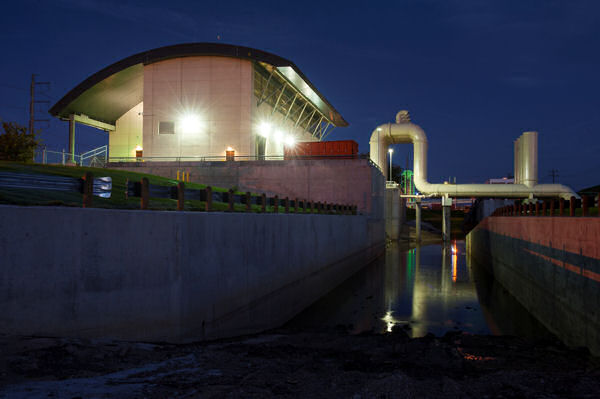The U.S. and Canadian governments have adopted targets to reduce phosphorus entering areas of Lake Erie by 40% in an effort to improve water quality and minimize risks to public health. The reductions seek to decrease the amount of low oxygen “dead zones” in the central basin of Lake Erie, encourage algae growth at a rate consistent with healthy aquatic ecosystems, and maintain algal blooms at levels that do not produce toxins that pose a threat to human or ecosystem health.
Announced by U.S. Environmental Protection Agency Administrator Gina McCarthy and Canada’s Environment and Climate Change Minister Catherine McKenna, the targets are a result of extensive public input from a diversity of sectors.
In determining appropriate phosphorus load reduction targets, experts from U.S. and Canada ran nine different computer simulation models to correlate changes in phosphorus levels with levels of algal growth. Final targets were developed following a binational public consultation process that involved more than 40 Canadian and American experts.





